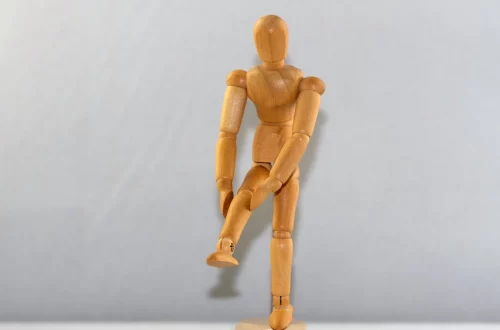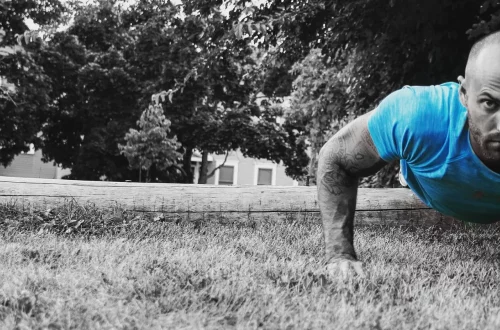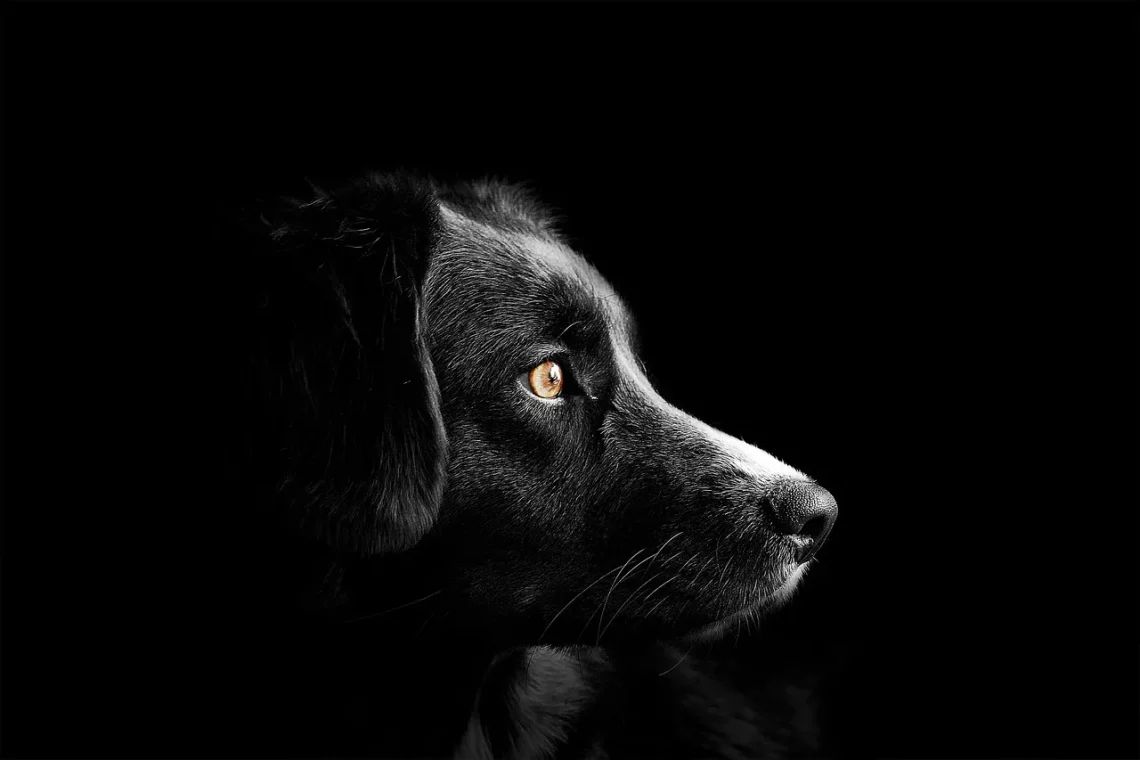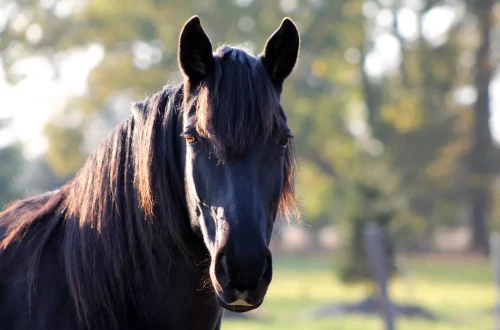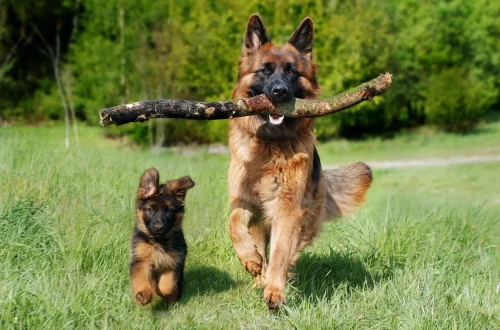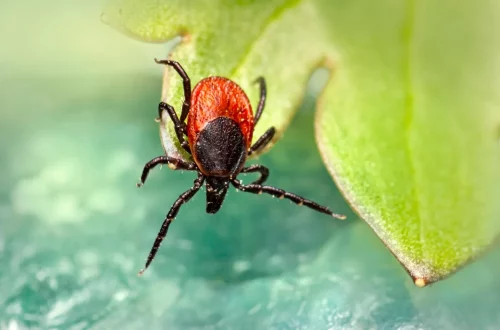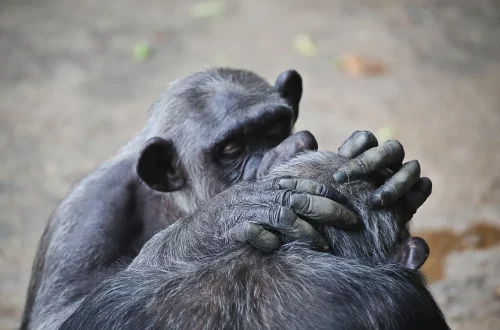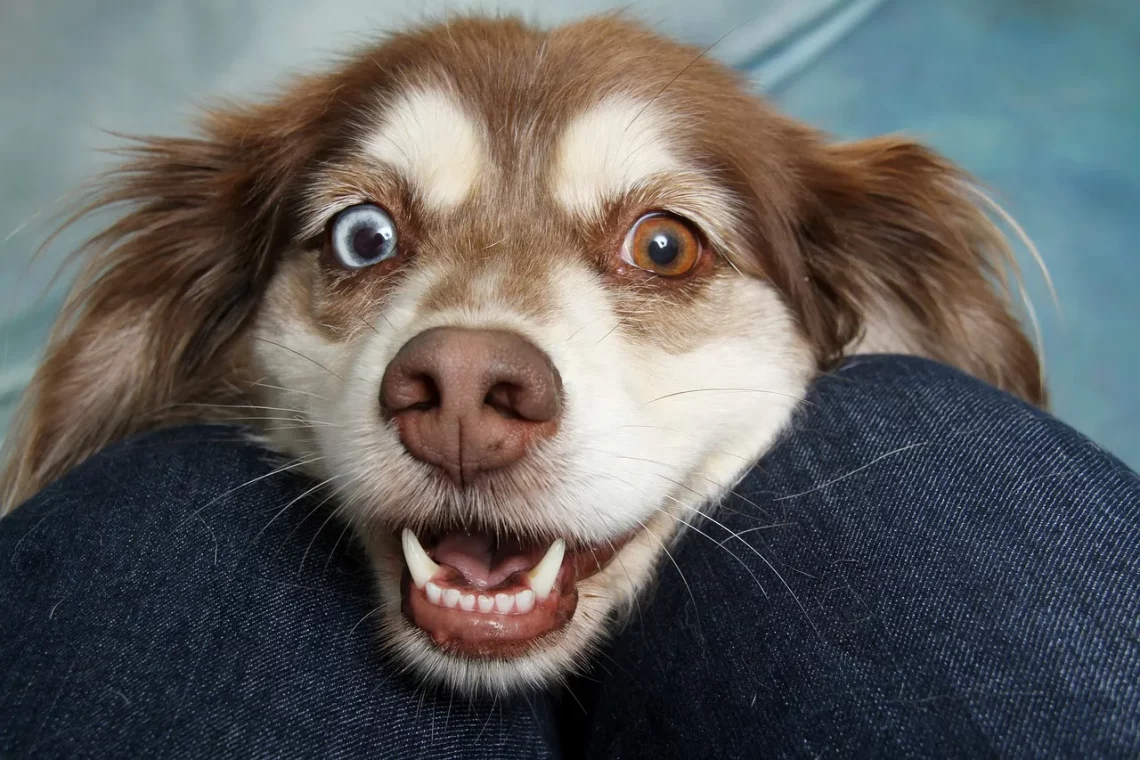-
Why Do Dogs Lick Their Paws at Night? Understanding the Behavior
Dogs are beloved companions, known for their playful nature and affectionate behavior. However, pet owners often observe peculiar habits in their furry friends, especially at night. One such behavior that raises questions is when dogs lick their paws. This action might seem harmless or even endearing, but it can also be a source of concern for many owners. Understanding why dogs engage in this behavior can provide insights into their overall health and emotional state. Paw licking can occur for various reasons, ranging from environmental factors to underlying health issues. For instance, dogs may lick their paws as a response to allergies, or they might be trying to soothe discomfort…
-
The Perfect Companion: Lab Mixed with Poodle Traits and Care Tips
The bond between humans and dogs is one of the most profound relationships in the animal kingdom. As companions, dogs not only bring joy and laughter into our lives, but they also provide comfort, loyalty, and unconditional love. Among the diverse array of dog breeds, mixed breeds have gained popularity for their unique traits and personalities. One particularly beloved combination is the Labrador Retriever mixed with a Poodle. This hybrid, often referred to as a Labradoodle, showcases the best characteristics of both parent breeds, making it a favored choice for families, individuals, and those seeking a loyal companion. Labrador Retrievers are known for their friendly disposition, intelligence, and versatility, while…
-
Understanding Canine Mast Cell Tumors Through Photos and Insights
Mast cell tumors (MCTs) are a type of cancer that can affect dogs, arising from mast cells that play a vital role in the immune system. These tumors are among the most common cutaneous neoplasms in canines and can present in various forms, making it crucial for pet owners and veterinarians to recognize the signs and symptoms early. Understanding the nature of mast cell tumors is essential not only for effective treatment but also for improving the overall quality of life for affected dogs. Diagnosing MCTs can often be a complex process. The tumors may appear as lumps or bumps on the skin, and their appearance can vary significantly—from benign…
-
Understanding Why Your Dog’s Breath Smells Like Poop and What to Do
Dog owners often find themselves in a unique bond with their furry companions, sharing countless moments of joy, play, and love. However, one aspect that can disrupt this idyllic relationship is the unpleasant odor that sometimes emanates from a dog’s mouth. While it may seem like a minor issue, bad breath can be a sign of underlying health problems that warrant attention. Understanding the reasons behind this phenomenon is crucial for ensuring your pet’s well-being and maintaining a happy household. Many dog owners may dismiss foul breath as a normal part of having a pet, attributing it to their diet or the fact that dogs explore the world with their…
-
Understanding Why Dogs Breathe Fast: Common Causes and Concerns
Understanding why dogs breathe fast is a topic that many pet owners may find themselves pondering at some point. Rapid breathing, also known as tachypnea, can be a normal physiological response or a sign of an underlying health issue. Dogs, much like humans, can exhibit various breathing patterns influenced by numerous factors, including activity level, emotional state, and environmental conditions. Observing your dog’s breathing can provide insights into their health and well-being. In general, a dog may breathe faster when excited, anxious, or after vigorous exercise. However, if you notice that your furry friend is panting excessively or breathing rapidly while at rest, it could indicate something more serious. Understanding…
-
Understanding Your Dog’s Panting in the Car: Causes and Solutions
When you notice your dog panting in the car, it can be a source of concern. The sound of heavy breathing, the rapid rise and fall of their chest, and the unmistakable look of discomfort can evoke a range of emotions in pet owners. While panting is a natural behavior for dogs, it can also indicate a range of underlying issues, especially when it occurs in an enclosed space like a vehicle. The car environment can be particularly challenging for our furry friends, filled with unfamiliar sounds, sights, and smells that can heighten their anxiety. Dogs, like humans, are sensitive to changes in their environment. The confined space of a…
-
Understanding Dog Nose Dripping Due to Anxiety Symptoms and Solutions
As a dog owner, observing your furry friend’s behavior can often provide insights into their emotional and physical well-being. One noteworthy phenomenon that some pet owners may encounter is a dripping nose in dogs, particularly when they seem anxious. While it may seem like a mere nuisance, understanding the underlying causes of this symptom can significantly enhance your dog’s quality of life. Just like humans, dogs can experience anxiety, which can manifest in various ways. This article delves into the complexities of dog anxiety and its symptoms, focusing specifically on the often-overlooked issue of nasal dripping. Anxiety in dogs can arise from numerous sources, including changes in their environment, traumatic…
-
The Benefits of Using a Lick Bowl for Dogs Explained
Dogs are more than just pets; they are cherished members of our families. As responsible pet owners, we strive to provide them with the best care possible, from nutritious food to engaging toys. One innovative tool that has gained popularity among dog lovers is the lick bowl. This unique feeding accessory not only offers a delightful way for dogs to enjoy their meals but also provides numerous benefits that contribute to their overall well-being. The lick bowl encourages dogs to use their natural licking instincts, which can lead to various physical and mental advantages. Moreover, incorporating a lick bowl into your dog’s feeding routine can foster a deeper bond between…
-
Top Dog Foods to Reduce Shedding and Promote Healthy Coats
Dog shedding is a common issue faced by pet owners, and while it may be a natural part of a dog’s life cycle, excessive shedding can be frustrating. Many factors contribute to shedding, including breed, seasonal changes, and overall health. However, one of the most effective ways to mitigate shedding and promote a healthy coat is through proper nutrition. The right dog food can provide essential nutrients that support skin health, enhance fur quality, and ultimately reduce the amount of hair your dog sheds. When evaluating dog foods, it’s important to consider ingredients that are rich in omega fatty acids, vitamins, and minerals. These nutrients play a crucial role in…
-
How Long After Neutering a Dog Is Testosterone Completely Gone?
Neutering is a significant decision for pet owners, often undertaken for various reasons including population control, behavioral management, and health benefits. This surgical procedure, which involves the removal of the reproductive organs, leads to a substantial shift in a dog’s hormonal balance. One of the most critical hormones affected by neutering is testosterone, which plays a pivotal role in a dog’s behavior, physical characteristics, and overall health. Understanding the implications of this hormonal change is essential for responsible pet ownership. After neutering, many pet owners notice behavioral changes in their dogs, such as reduced aggression or a decrease in roaming tendencies. However, the timeline for the complete disappearance of testosterone…


